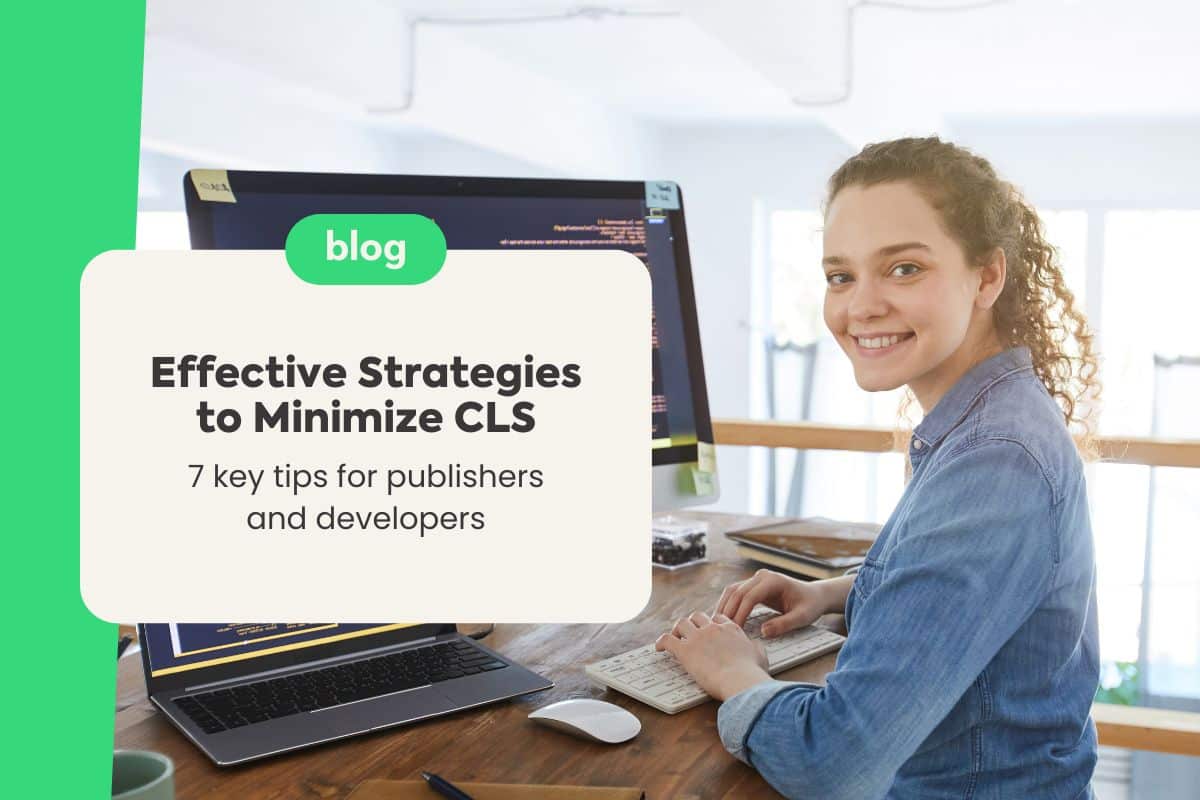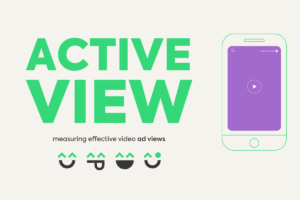Effective strategies to minimize CLS are vital in an increasingly competitive digital world, where user experience (UX) has become a crucial factor for the success of websites and applications.
Among the various UX indicators, CLS (Cumulative Layout Shift) stands out for its direct relevance to user perception and engagement metrics. This comprehensive guide, provided by Grumft, a specialist in website and app monetization with over 10 years of market experience, offers you, whether you’re an experienced editor or developer, everything you need to know about minimizing CLS on your websites and applications.
Index
What is CLS?
CLS, or Cumulative Layout Shift, is a metric that measures the visual instability of a web page or app screen. In other words, CLS quantifies the amount of unexpected shifting of elements on the screen during loading or user interaction.
Why is CLS Important?
High CLS can lead to various negative consequences, such as:
- Frustrating and annoying users: Unexpected content shifts can disrupt reading, navigation, and task completion, leading to frustration and abandonment of the website or app.
- Reducing engagement: Unsatisfied users tend to spend less time on the site or app, take fewer actions, and return less frequently.
- Harming SEO: Google considers CLS a ranking factor, meaning websites with high CLS may have their position in search results affected.
- Increasing bounce rate: Unexpected shifts can lead users to click the “back” button or close the tab/app before completing the desired action, increasing the bounce rate.
Strategies to Minimize CLS
- Asynchronous Loading: Load resources like images, videos, and scripts asynchronously to prevent unexpected layout shifts.
- Correct Element Sizing: Predefine dimensions for HTML elements to avoid layout changes during loading.
- Responsive Design: Utilize CSS techniques like relative units and media queries for responsive layouts.
- Avoid Intrusive Ads: Opt for ad formats that maintain layout stability.
- CSS Control: Prefer CSS over JavaScript for layout adjustments to minimize CLS.
- Prevent Sudden Content: Use techniques like CSS Skeleton Loading for dynamically loaded content.
- Test and Monitor: Continuously test CLS across browsers and devices using tools like Google Lighthouse.
Implementing Strategies
Utilize tools like Google Ad Manager for testing ad formats, employ CSS Grid and Flexbox for layout control, and prioritize responsive development.
Continuous Monitoring and Optimization
Regularly monitor CLS performance using tools like Google Lighthouse and WebPageTest, and encourage user feedback to identify issues.
Stay Updated
Attend industry events, subscribe to newsletters, test new tools and frameworks, and engage with developer communities to stay informed about the latest CLS optimization practices.
Conclusion
Minimizing CLS is essential to ensure a good user experience on your websites and applications. By following the strategies in this guide, you’ll be on the right track to creating more stable and engaging experiences for your users, which can lead to increased engagement, conversion, and revenue.
Remember: Grumft is here to help you optimize your websites and applications for success. Contact us to learn more about how we can help you improve UX and monetization for your business without compromising Core Web Vitals optimization or user experience. This guide is just a starting point. It’s important to stay updated on the latest practices and tools for minimizing CLS.





